Structural bioinformatics, a captivating and rapidly evolving discipline, is dedicated to understanding and predicting the intricate three-dimensional (3D) architectures of macromolecules such as proteins, RNA, and DNA. by leveraging cutting-edge computational techniques and algorithms, this field plays a crucial role in uncovering the relationship between molecular structure and function, offering profound insights into the molecular mechanisms that drive life processes. With numerous advances in structural biology and protein design, the year 2025 stands as a significant milestone for structural bioinformatics. This blog explores the latest methods and techniques that are transforming this field, including the growing importance of protein design and the structural biology of therapeutic proteins.
Structural Bioinformatics: A Specialized Discipline
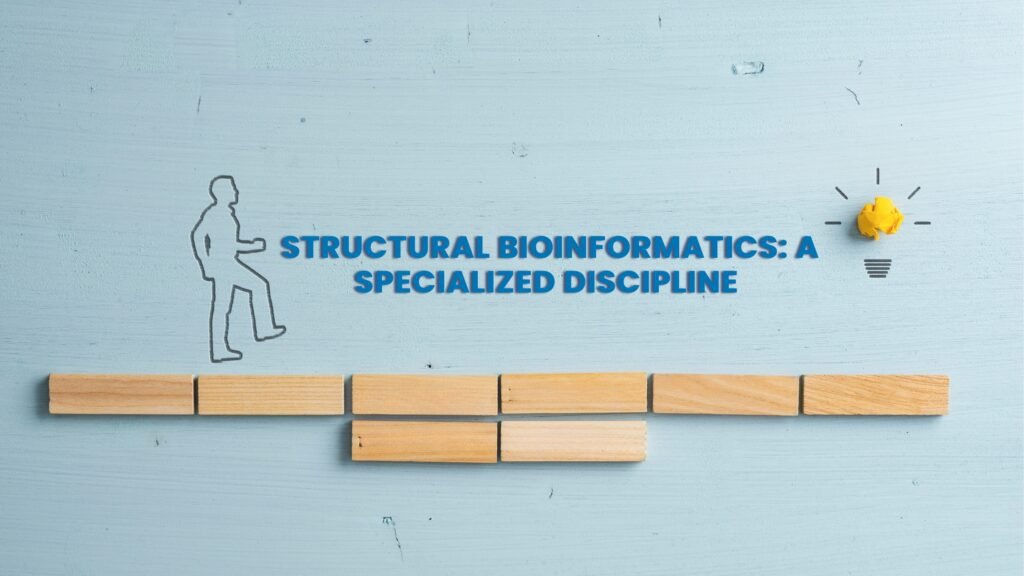
Structural bioinformatics bridges experimental and computational methods to study macromolecular 3D structures. By integrating experimental data and computational models, it addresses a variety of questions, such as identifying structural similarities, predicting molecular interactions, understanding protein folding, and exploring the evolution of macromolecular structures. The field is integral to advancing structural biology, which focuses on elucidating the detailed architecture of biomolecules.
Structural bioinformatics has developed specialized methodologies to address biological challenges and derive novel insights from macromolecular data. The methods encompass protein structure prediction, protein docking, molecular dynamics simulations, and mutation analysis. These tools have become essential for answering fundamental questions about molecular behavior and designing new molecules for therapeutic and industrial applications.
The Role of Proteins in Structural Bioinformatics
roteins are essential molecules in living organisms, performing functions such as defense, transport, catalysis, and structural support. Given their significance, numerous computational tools are now available for working with protein structural data. These tools cover a wide range of activities, including protein docking, molecular modeling, molecular dynamics simulations, prediction of binding sites, and mutation identification. However, one major challenge has been the dispersion of these tools across multiple web repositories, leading to efforts to centralize and streamline access to them.
A significant area of research is the structural biology of monoclonal antibodies. By 2023, the Structural Antibody Database (SabDab) contained over 7,471 antibody structures and 7,151 antibody-antigen complex structures. These structures, determined through methods like X-ray crystallography and collaborative research efforts, have revealed the dynamic interplay between antibody structure and function. Researchers have focused on understanding the structural regions responsible for antigen binding, including the complementarity-determining region (CDR) loops and the supporting framework regions (FRs). Such insights are critical for designing more effective therapeutic antibodies.
Enroll for Bioinformatics Program
Key Techniques and Tools in Structural Bioinformatics
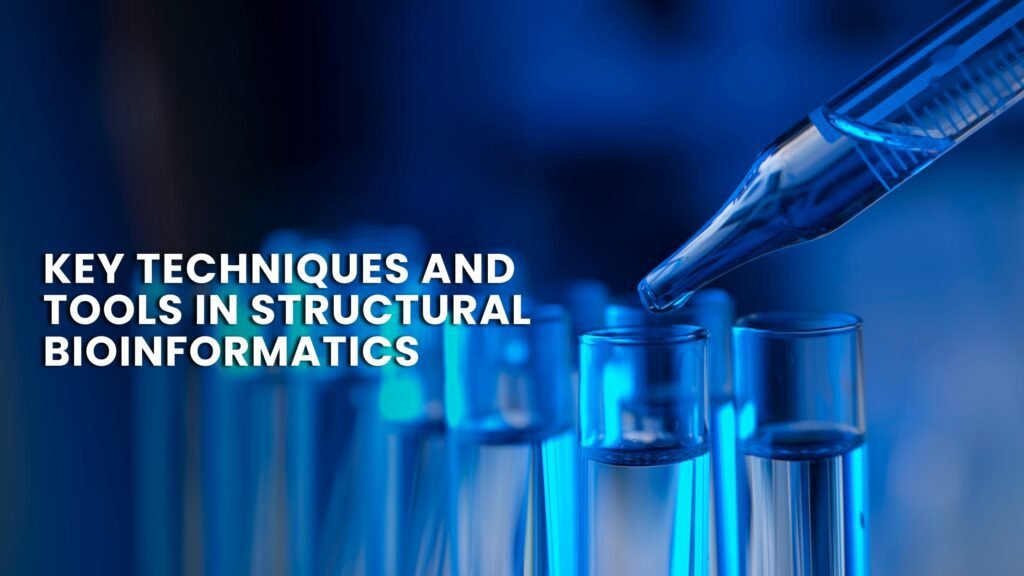
Protein Structure Prediction
Protein structure prediction is one of the cornerstones of structural bioinformatics. Homology modeling, one of the most commonly used techniques, relies on sequence alignment and template structures from evolutionarily related proteins to construct accurate models. Threading, or fold recognition, identifies structural templates even when sequence similarity is low, providing models for proteins that may lack close homologs. Ab initio modeling predicts protein structures from physical principles and statistical potentials without the need for templates, making it particularly valuable for novel or disordered proteins. Machine learning techniques, including deep learning, have been integrated into these methods, leading to highly accurate predictions and improved speed in structural modeling.
Sequence Alignment and Multiple Sequence Alignment (MSA)
Sequence alignment is critical for identifying evolutionary and structural relationships between proteins or nucleic acids. Pairwise alignment methods, such as Needleman-Wunsch and Smith-Waterman algorithms, provide optimal sequence comparisons. MSA extends this by aligning multiple sequences to detect conserved regions indicative of functional or structural importance. Hidden Markov Models (HMMs) and profile-based methods have improved the sensitivity of sequence alignment, making them essential for predicting functional residues and inferring structural characteristics.
Structural Genomics
Structural genomics aims to systematically determine the 3D structures of proteins on a genome-wide scale. High-throughput methods such as robotic crystallization, automated data collection, and structure determination pipelines have accelerated progress in this area. The Protein Structure Initiative (PSI) and other structural genomics large-scale efforts have yielded comprehensive structural datasets that inform drug discovery and protein function annotation.
Read our blog post on: Global Clinical Trials: Unveiling India’s Booming Market Outlook for 2025!
Molecular Docking
Molecular docking predicts the optimal binding orientation of a ligand within a protein’s active site. Rigid body docking methods assume static conformations, while flexible docking considers the dynamic nature of both the protein and ligand. Scoring functions, which estimate binding affinity, are key to evaluating docking accuracy. Recent advances incorporate ensemble docking and machine learning to improve prediction accuracy and accommodate receptor flexibility.
Molecular Dynamics Simulations
Molecular dynamics (MD) simulations provide atomistic insights into biomolecular behavior over time by solving Newton’s equations of motion for each atom in the system. MD is widely used to study protein folding, ligand binding, conformational changes, and the effects of mutations. Enhanced sampling techniques, such as metadynamics and accelerated MD, have been developed to explore rare events and long timescale dynamics, offering deeper insights into protein function and stability.
Cryogenic Electron Microscopy (Cryo-EM)
Cryo-EM has revolutionized structural biology by enabling the visualization of large macromolecular complexes at near-atomic resolution without the need for crystallization. Advances in direct electron detectors and image processing algorithms, such as single-particle reconstruction, have significantly improved resolution. Cryo-EM is now routinely used for studying membrane proteins, viral assemblies, and protein-protein interactions.
X-ray Crystallography and NMR Spectroscopy
X-ray crystallography remains the gold standard for high-resolution structure determination, providing detailed atomic-level information. Crystallization remains a bottleneck, but novel crystallization techniques and microfocus X-ray sources have improved success rates. NMR spectroscopy complements X-ray crystallography by characterizing proteins in solution, capturing dynamic information, and resolving flexible or disordered regions. NMR is particularly valuable for small to medium-sized proteins and protein-ligand interactions.
Protein-Protein Interaction Prediction
Protein-protein interaction (PPI) prediction involves identifying potential binding interfaces and complexes. Computational docking, coupled with structural analysis and machine learning, has improved PPI predictions. Tools such as RosettaDock and HADDOCK enable flexible modeling of PPIs. In addition, co-evolution analysis and contact map prediction methods have enhanced the ability to predict interactions from sequence data alone.
Structural Databases
Structural databases are central to structural bioinformatics. The Protein Data Bank (PDB) is the primary repository for experimentally determined protein structures, offering access to structural coordinates and experimental metadata. Other specialized databases, such as the Structural Antibody Database (SabDab), focus on specific macromolecular categories, providing curated datasets for antibody and antigen structures. These databases serve as critical resources for training machine learning models, benchmarking algorithms, and informing protein design.
Read our blog post on: Breakthrough AI in Clinical Practice: Balancing Innovation & Ethics 2025
Advances in Protein Design
Protein design is a rapidly growing field within structural bioinformatics. By using computational tools to predict how amino acid changes affect protein structure and function, researchers can design new proteins with desired properties. Applications of protein design include developing therapeutic enzymes, creating biosensors, and engineering proteins for industrial applications.
Machine learning and artificial intelligence (AI) have revolutionized protein design by enabling the generation of novel protein sequences that fold into stable 3D structures. These technologies are also being used to design proteins with enhanced stability, improved binding affinity, and new catalytic activities. In 2025, protein design continues to push the boundaries of what is possible in synthetic biology and therapeutic development.
Structural Bioinformatics in Drug Discovery
Structural bioinformatics plays a pivotal role in drug discovery by facilitating the identification of drug targets and the design of new therapeutic agents. By simulating protein-drug interactions, researchers can predict the binding affinity and specificity of potential drug candidates. This process accelerates lead optimization and reduces the cost and time required for drug development.
Structural insights into drug resistance mechanisms are also critical for developing next-generation therapies. For example, understanding how mutations in drug target proteins alter their binding sites can guide the design of inhibitors that overcome resistance.
Bioinformatics and Variability in Drug Response
Despite the rigorous testing involved in clinical trials, many drugs perform inconsistently in real-world settings. Variability in drug response among patients is often due to genetic differences that affect protein structure and function. Structural bioinformatics provides a framework for understanding these variations by examining how coding mutations impact protein-drug interactions.
Advances in structural genomics have greatly expanded the availability of 3D structures for drug target proteins. By integrating these structural data with pharmacogenetic information, researchers can identify polymorphisms that correlate with differential drug responses. This knowledge is essential for the development of personalized medicine, where treatment strategies are tailored to the genetic profiles of individual patients.
Enroll for Bioinformatics Program
Small-Molecule Therapeutics and Structural Variants
Small-molecule drugs, which account for the majority of new molecular entities approved by the US FDA, are highly diverse in structure. These drugs interact with their protein targets in specific ways, and mutations in the target proteins can lead to altered drug responses. Structural bioinformatics enables researchers to analyze how these mutations impact drug binding and efficacy, providing valuable insights for drug optimization.
In addition to small-molecule drugs, structural bioinformatics also addresses the effects of mutations on therapeutic biologics, such as monoclonal antibodies and peptide-based drugs. By understanding the structural basis of these interactions, researchers can develop more effective and safer therapeutics.
Impact of Structural Bioinformatic on Biomedical Science
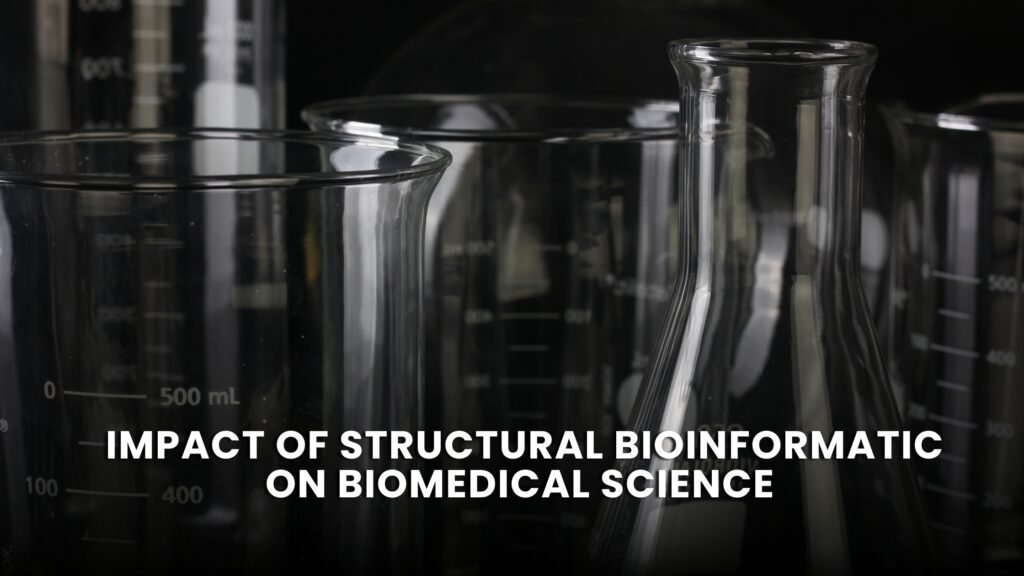
Over the past two decades, the number of proteins with known sequences has grown rapidly, while the number of proteins with known 3D structures has increased at a much slower pace. This imbalance has hindered our ability to fully understand protein molecular mechanisms and conduct structure-based drug design using newly identified sequences. To address this challenge, structural bioinformatics has naturally emerged as a critical field for bridging the gap.
Three primary strategies have been developed in structural bioinformatics to predict protein 3D structures: the pure energetic approach, heuristic methods, and homology modeling. Each method has distinct underlying principles and has been applied to rapidly derive the structures of functionally significant proteins. These efforts have provided valuable insights into the molecular mechanisms of protein actions and accelerated the drug discovery process.
Despite significant progress, each of these methods has limitations. Challenges remain in achieving accurate predictions for complex or disordered proteins, improving computational speed, and refining predictions with limited experimental data. Future advancements in structural bioinformatics will be essential for overcoming these challenges and continuing to enhance biomedical research and therapeutic development.
Conclusion
Structural bioinformatics has made remarkable strides in 2025, driven by advances in computational methods, structural biology, and protein design. The integration of experimental and computational data has enhanced our ability to predict protein structures, design new molecules, and understand the molecular basis of drug response variability. As structural bioinformatics continues to evolve, it holds the promise of transforming fields such as drug discovery, personalized medicine, and synthetic biology. With ongoing innovations in protein design and the study of macromolecular structures, the future of structural bioinformatics is brighter than ever.
To learn more about these emerging tools and techniques visit CliniLaunch and enroll for Bioinformatics course, which will provide you with a deeper knowledge of structural bioinformatics, sequence analysis, and genomic data analysis.

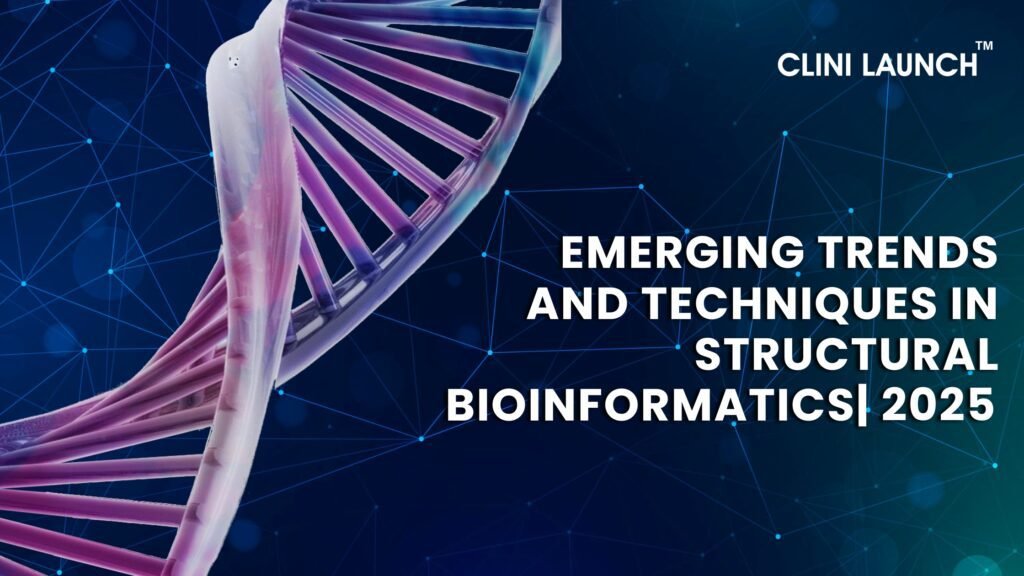



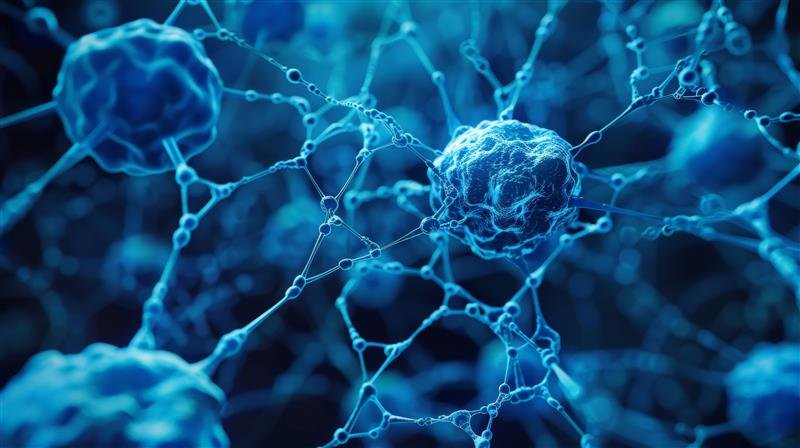
A fascinating look at the latest trends in structural bioinformatics! The evolving techniques are shaping the future of computational biology—thanks for sharing